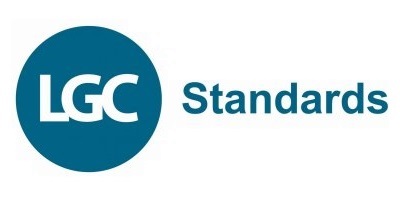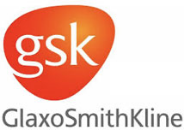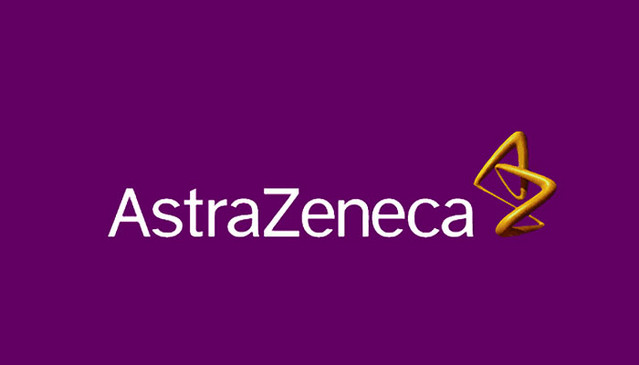December 2022 Controlled Drug legislation round up

December continues to see controlled drug law updates with several countries adding or rescheduling existing substances and updating there lists of controlled substances
Below is a brief summary and highlights of some of the countries we monitor and encode in Controlled Substances Squared. The solution that allows you to easily and automatically check if your chemicals are regulated or controlled - even novel and propriatory chemicals
Due to the number and complexity of updates during December we can't include them all here, just the highlights. Updates also occured for Japan, Germany, Finland, Italy and the Netherlands
USA
- Amineptine; Zipeprol; Mesocarb; Methiopropamine has all been placed into schedule 1, while [18F]FP–CIT has been removed from Control
UN
- The CND decision on the international control of eutylone and three precursors entered into force in November 2022 and will in time be reflected in national legislation
- The World Health Organization has also recommended seven NPS for scheduling, which will be considered by the INCB
UK
- The Advisory Council on the Misuse of Drugs (ACMD) have recommended to the UK government that the benzodiazepine Remimazolam (Byfavo) should be controlled as a Class C drug under the Misuse of Drugs Act 1971 and scheduled under Schedule 4 (Part 1) of the Misuse of Drugs Regulations 2001.
- The UK government have released an update to their responses to the ACMD report on the misuse of fentanyl and fentanyl analogues. Of particular interest is the latest response on Recommendation 8, relating to ANPP. The government references the consulation its carried out on the analogue description below. In 2021 Scitegrity worked with a number of our major pharma customers to run millions of research chemicals in those customers’ compound collections through a CS2 type standalone definition for the above ANPP generic to assess for any major impact. It was found that in general this generic would have little impact to these companies if made law. It is good to see regulators consulting in this way for complex statement which could impact research.
Any compound……structurally derived from ANPP by modification in any of the following ways, that is to say: (i) By replacement of the phenyl portion of the phenethyl group by any heterocycle whether or not further substituted in the heterocycle (ii) By substitution in the phenethyl group with alkyl, alkenyl, alkoxy, hydroxy, halogeno, haloalkyl, amino or nitro groups (iii) By substitution in the piperidine ring with alkyl or alkenyl groups (iv) By substitution in the aniline ring with alkyl, alkoxy, alkylenedioxy, halogeno or haloalkyl groups (v) By substitution at the 4- position of the piperidine ring with any alkoxycarbonyl or alkoxyalkyl or acyloxy group [Note: para (vi) of the fentanyl generic refers to the propionyl group being replaced by another acyl group, but this feature is absent in ANPP and so is not required here] In order also to control the benzyl analogues of fentanyl as precursors (see Annex 7), the new control described above should be further expanded by adding a paragraph: (i)(a) “By replacement of the phenethyl group by a benzyl group;” And by expansion of para (ii) to: (ii) By substitution in the phenethyl or benzyl group with alkyl, alkenyl, alkoxy, hydroxy, halogeno, haloalkyl, amino or nitro groups”
The Home Office has consulted members of the scientific community about the effect of the recommendation on research and pharmaceuticals and further consideration of these responses is necessary.
- The UK Government has reponded to the ACMD report on the Barriers to the use of controlled drug in research. The response was not as good as hoped, but still postive. You can read more here
Taiwan
- Announcement No. 1110031902 of the Executive Yuan on October 31, 2022, Schedule 3, of which 12 Controlled Drugs have been made controlled substances.
Slovakia
- THE LAW of November 8, 2022, which amends Act no. 139/1998 Coll. on narcotic substances, psychotropic substances and preparations, amended 14 substances now being made controlled in this amendment.
Brazil
- RDC No.762, OF NOVEMBER 24, 2022 Provides for the update of Annex I - Bromazolam; CH-PIATA ; MDMB-5Br-INACA
Do you want to be able to easily and automatically check if your chemicals are controlled and regulated - even for novel and propriatory chemicals - then you need Controlled Substances Squared.
Trusted by our Clients











